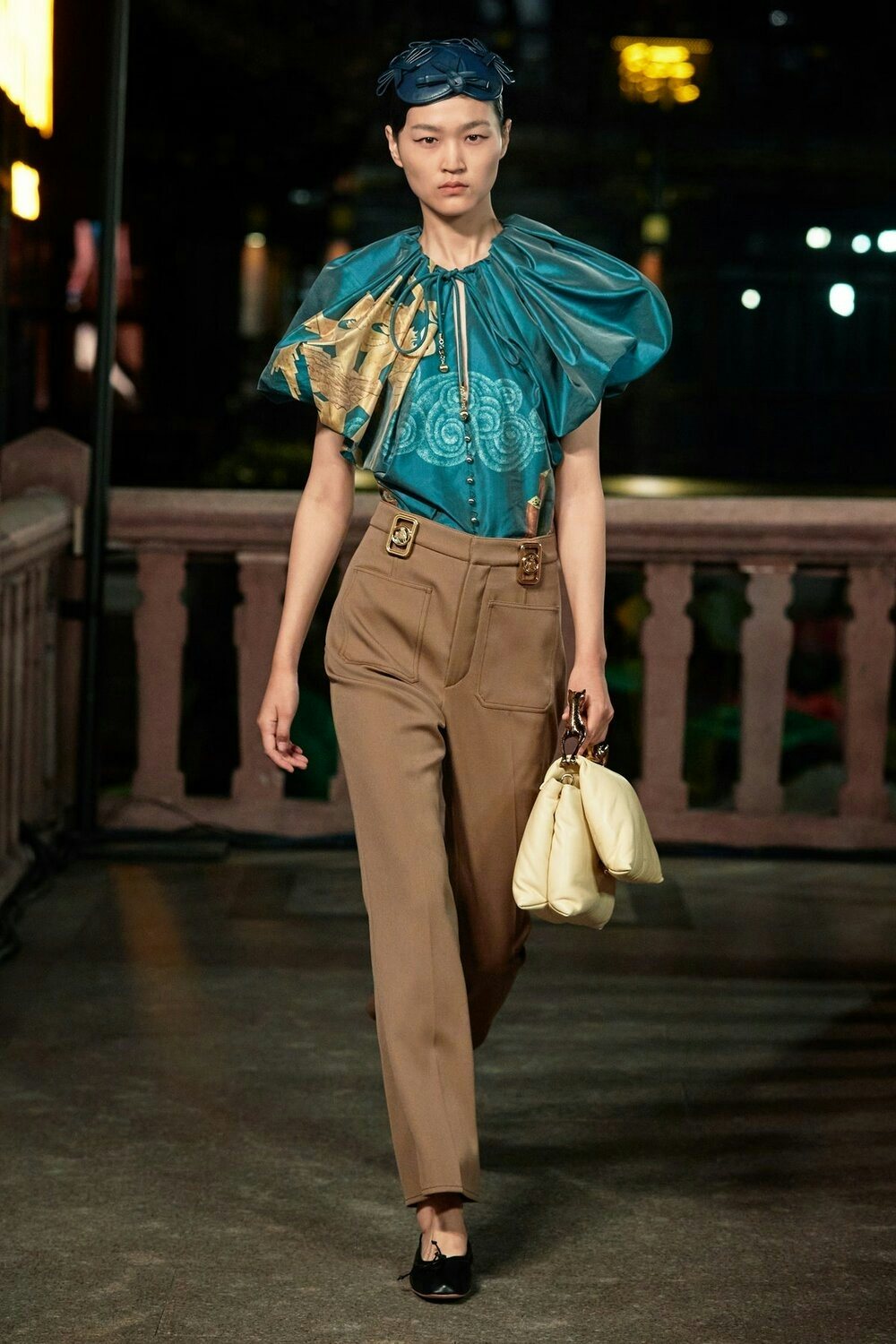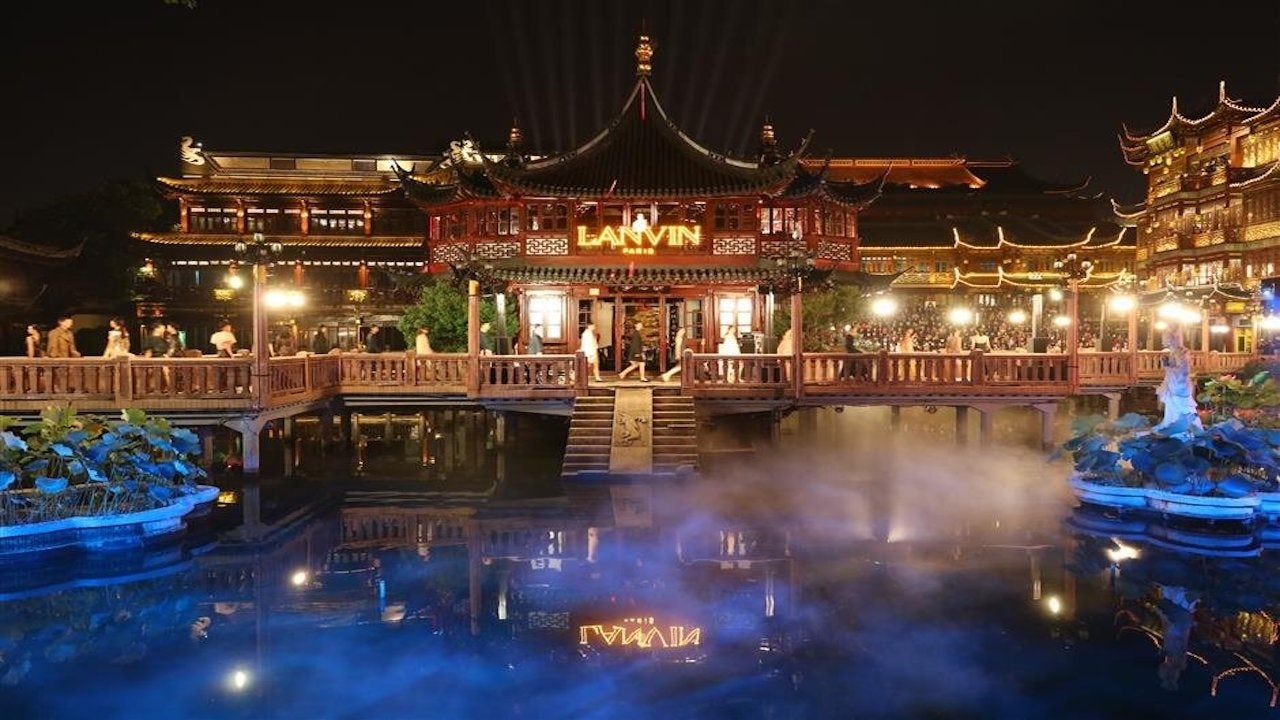Having recorded nearly 5% third-quarter GDP growth year-over-year, China remains a rare bright spot for Covid-hit global brands in 2020. Amid extended lockdowns and travel restrictions around the world, its consumers are reversing the long-term practice of doing much of their luxury shopping abroad, engaging in “revenge spending” closer to home. And with the consumer market becoming far more inward-facing this year, many of the international brands acquired by Chinese companies in recent years have also intensified their focus on in-country marketing activities.
Last month, CCI highlighted the new emphasis on China by Finland-based Amer Sports, which was acquired in 2018 by a consortium led by China’s Anta Sports and recently installed Anta executive James Zheng as CEO to drive growth for its portfolio of brands that includes Salomon and Arc’teryx. As we noted, acquisitions of prestige brands by Chinese investment or brand groups are often followed by a pivot to prioritize the China market, and the attendant marketing and e-commerce shift that comes along with that.
For Arc’teryx in particular, this pivot meant opening the brand’s biggest-ever store in Shanghai, localizing marketing efforts via its official Tmall store, appointing supermodel Liu Wen as its first brand spokesperson, and announcing plans to accelerate its direct-to-consumer (DTC) efforts in China in the coming months.
And smaller labels acquired by Chinese brands are also accelerating their efforts in the market, such as Milan-based streetwear and skatewear brand Coppolella. Having been purchased earlier this year by the Peacebird Group, owner of multiple domestic Chinese fast fashion brands, Coppolella has set an ambitious target of €200 million ($237 million) in sales in China within the next five years.
Chinese-owned global luxury brands are also focusing more on Chinese consumers as revenue plummets in Europe and North America. One brand that is very publicly looking to the market for growth is French fashion house
Lanvin#
, which was purchased in 2018 by Shanghai-based Fosun International and has been led by Joann Cheng, the chairman of Fosun Fashion Group, as interim CEO since the resignation of Jean-Philippe Hecquet in March 2020.

Having struggled to find its footing since the departure of famed artistic director Alber Elbaz in 2015, Lanvin recently followed in the footsteps of Louis Vuitton by staging a celebrity-filled live fashion show in Shanghai. Lanvin’s Spring/Summer 2021 collection was presented in Shanghai at the Fosun-owned Yu Garden Mall, a setting with a very traditionally Chinese aesthetic. As creative director Bruno Sialelli told Vogue, “We can do a proper event [in China] with hundreds of people... . And to be very pragmatic, this is the market that is going to drive growth in luxury in general. It’s good for us to federate our community there.”
With design inspiration taken from Hong Kong actress Maggie Cheung and 20th century Chinese-American Hollywood star Anna May Wong, Lanvin’s latest looks to also subtly reflect Chinese design elements. “We used Chinese techniques in the lacquering, enameling and egg-shell marquetry,” Sialelli told Vogue. “It was interesting because the art deco movement was really inspired by Chinese techniques, and I like finding these links.”
The show builds on Lanvin’s previous China market pushes, which included last year’s rollout of a new flagship, a large-scale exhibition in Shanghai, and a capsule collection, but it’s questionable whether this will be sufficient to spur wider interest in the brand or help it achieve profitability. But with China’s luxury fashion set missing out on the usual schedule of flashy global events this year, it’s possible that Lanvin’s recent Shanghai show may have gained it a great deal of marketing goodwill that very well could translate to better prospects than the brand has had in years as it reaches a wider audience. A livestream of the Shanghai fashion show reportedly drew more than 5.4 million viewers, and the related Weibo hashtag has hit 290 million views.
The big question for Lanvin — as well as other luxury brands looking to Chinese shoppers to keep the revenue flowing — is whether the current level of relatively strong spending is sustainable. Will we ultimately see the second half of 2020 as an anomaly, powered by the combination of pent-up demand from earlier in the year and the lack of opportunities for travel and high-end spending abroad?
Once things return to some kind of normality, it is very likely that Chinese shoppers will return in significant numbers to the Paris and Tokyo boutiques at which they’ve become fixtures over the past decade. But it is also possible that a greater proportion of spending within China is here to stay, particularly for seasoned shoppers who might no longer see overseas shopping trips as worth the bother, younger consumers, and those newer to luxury in lower-tier cities, who may not have the same opportunities or inclination for overseas travel as the previous generation of tourist-shopper.

